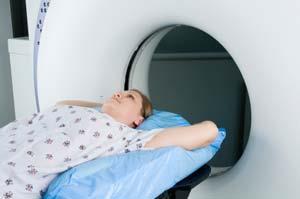London: Scientists have created a daily `tomato pill’ which they
claim boosts blood flow and increases the flexibility of arteries by 50
per cent in heart patients. The Ateronon capsule contains a chemical
called lycopene which makes tomatoes red and is known to break down
fatty deposits in the arteries. Cambridge University researchers in
trials of the pill found it boosted blood flow and improved the lining
of vessels in patients with pre-existing heart conditions.
It also
increased the flexibility of their arteries by 50 per cent, the ‘Daily
Mail’ reported. Scientists believe the pill could not only limit the
damage caused by heart disease but also benefit those with arthritis,
diabetes and even slow the progress of cancer.
Each pill provides
the equivalent of eating around 2.7 kg of ripe tomatoes. Preliminary
results from a two-month trial, in which the pill was given to 36 heart
disease patients and 36 healthy volunteers with an average age of 67,
were presented at a meeting of the American Heart Association.
The
results showed that the pill improved the function of the endothelium —
the layer of cells lining blood vessels. It also boosted their
sensitivity to nitric oxide, the gas which triggers the dilation of the
arteries in response to exercise. “These results are potentially very
significant, but we need more trials to see if they translate into fewer
heart attacks and strokes,” Ian Wilkinson, of Cambridge University’s
clinical trials unit, said.
“It is too early to come to firm
conclusions, but the results from this trial are far better than
anything we could have hoped for,” Peter Kirkpatrick, a leading
neurosurgeon and medical adviser to CamNutra, which has developed
Ateronon, said.
 CT scans yield higher-resolution images than regular medical X-rays. Unfortunately, they also expose the patient to hundreds and sometimes thousands of times the amount of radiation.
CT scans yield higher-resolution images than regular medical X-rays. Unfortunately, they also expose the patient to hundreds and sometimes thousands of times the amount of radiation.


Nearly 30,000 Get Cancer EVERY Year in the US from CT Scans
Why X-Rays are so Damaging to Your Health
Misdiagnosis – Yet Another Drawback that Can Significantly Harm Your Health
Radiation Accidents More Common than You Might Think
Your Odds May be as Low as 1 in 20 for Sustaining a Radiation Injury
Widely Overused CT Scans May Cause 1 Million Excess Cancers per Decade
One CT Scan is 100 Times More Dangerous than Chest X-Ray
Thousands of Children Die Every Year from CT Scans
How You Can Protect Yourself from “Indecent Exposure”
Avoid CT Scans Unless Your Life Depends on It
Natural Ways to Help You Strengthen Your Body Against the Assaults of Medical Radiation
A 100% Safe Imaging Alternative to Mammograms